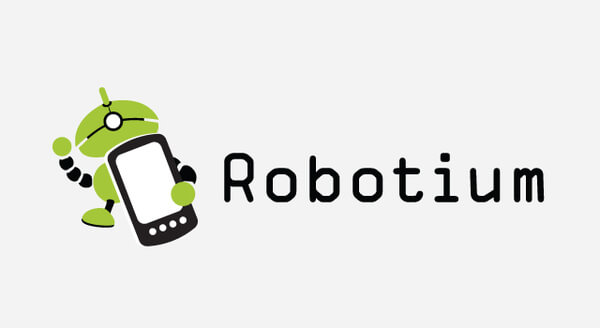The practice of User Acceptance Testing is somewhat very simple, however, the execution in actual requires some detailed knowledge on the types of UAT. To make your foray into UAT a little straight-forward, we have explored the most common types of User Acceptance Testing you often come across.
Types of User Acceptance Testing
Following are the types of User Acceptance Testing:
- Alpha & Beta Testing: Alpha testing is the type of acceptance testing performed by internal employees or by potential user groups at the developer’s location, prior to the release of the product to customers.
- Contract Acceptance Testing: In Contract Acceptance Testing, the software developed is tested to meet the specifications and criteria which have been pre-decided and mutually agreed upon in the contract.
- Regulation Acceptance Testing/Compliance Acceptance Testing: The Regulation Acceptance Testing tests the developed software against certain rules and regulations.
- Operational Acceptance Testing: Operational Acceptance Testing, also called Operational Readiness or Production Acceptance Testing, ensures that there is a proper workflow for the software that is being used.
- Black Box Testing: Black Box Testing is time and again classified as functional testing, but to some degree of level, can be considered as a type of User Acceptance Testing.
To read more in details, visit full blog post: https://www.bugraptors.com/types-user-acceptance-test/





